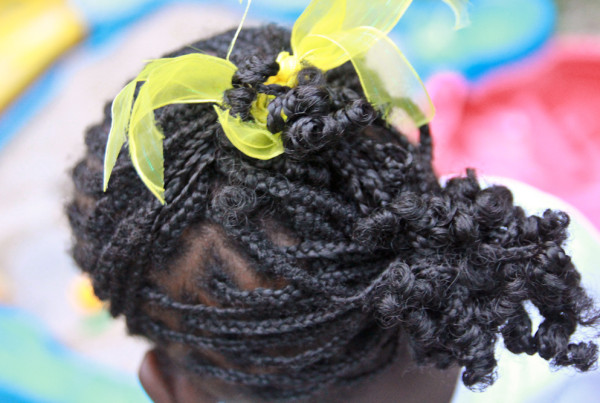This story originally appeared on KUT.
There are girls on campus at Gus Garcia Young Men’s Leadership Academy, and some of boys are trying to take advantage of that situation.
“He’s asking that girl out, and if she says no I’m going to laugh in his face,” says sixth grader J.D. Gomez between bites of cookies and lemonade. “Me too!” says another student.
The boys are conspiring during the snack break at their weekly cotillion class, which teaches dance, manners and social etiquette. The boys were supposed to be practicing small talk with the girls. And while there was a lot of talk about the girls in the room, there wasn’t a lot of actually talking to the girls. Sixth grader Justin Vasquez says that’s the worst part about going to an all-boys school.
“Everybody gets shy when they’re around girls,” Vasquez says.
“Yeah, they gotta get used to them because we don’t have boys in our school,” says Ryianna Thomas, a seventh grader from the all-girls school. “So it’s like ‘Woah’ when you first see them, like ‘Oh my god boys!’ But now we’re just dancin’, just introducing ourselves, it’s pretty cool.”
Austin public schools are required to incorporate social and emotional learning into the school day in addition to regular academics. Through that curriculum, students are taught how to manage emotions and relationships in social settings.
At Gus Garcia Young Men’s Leadership Academy and Bertha Sadler Means Young Women’s Leadership Academy, the two new single-sex schools in Northeast Austin, boys and girls are learning most of those social and emotional lessons separately. But at this after-school cotillion class, the boys and girls can interact and learn together.














